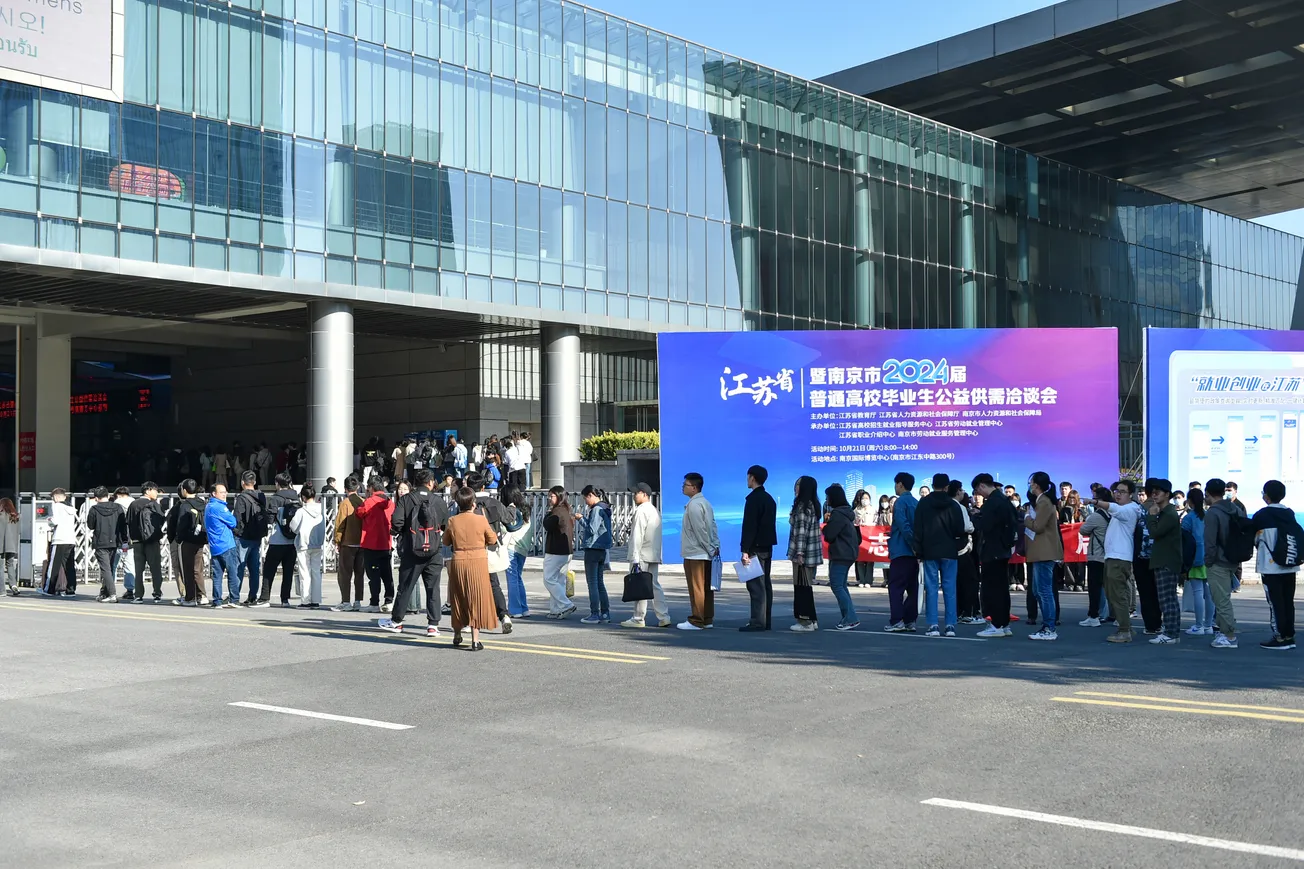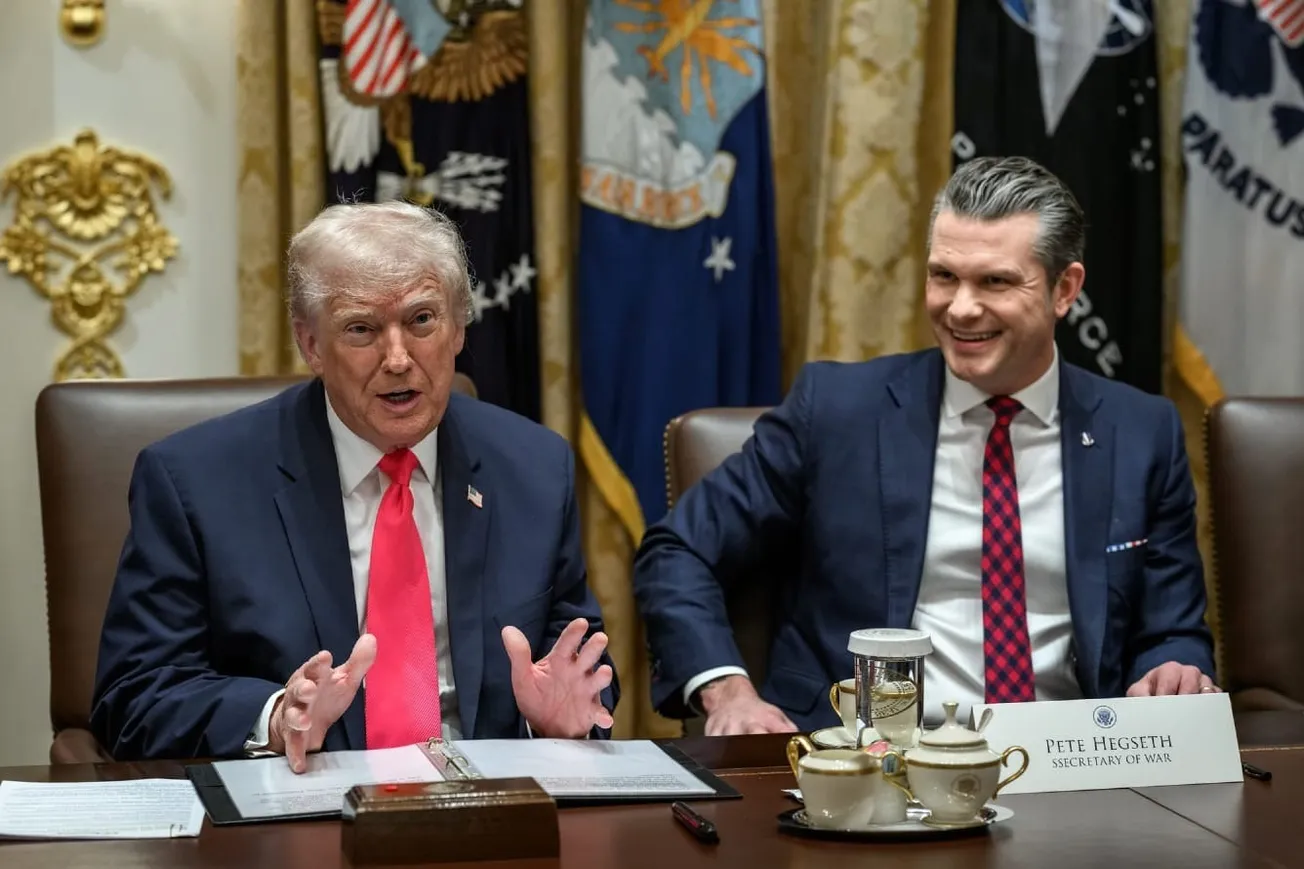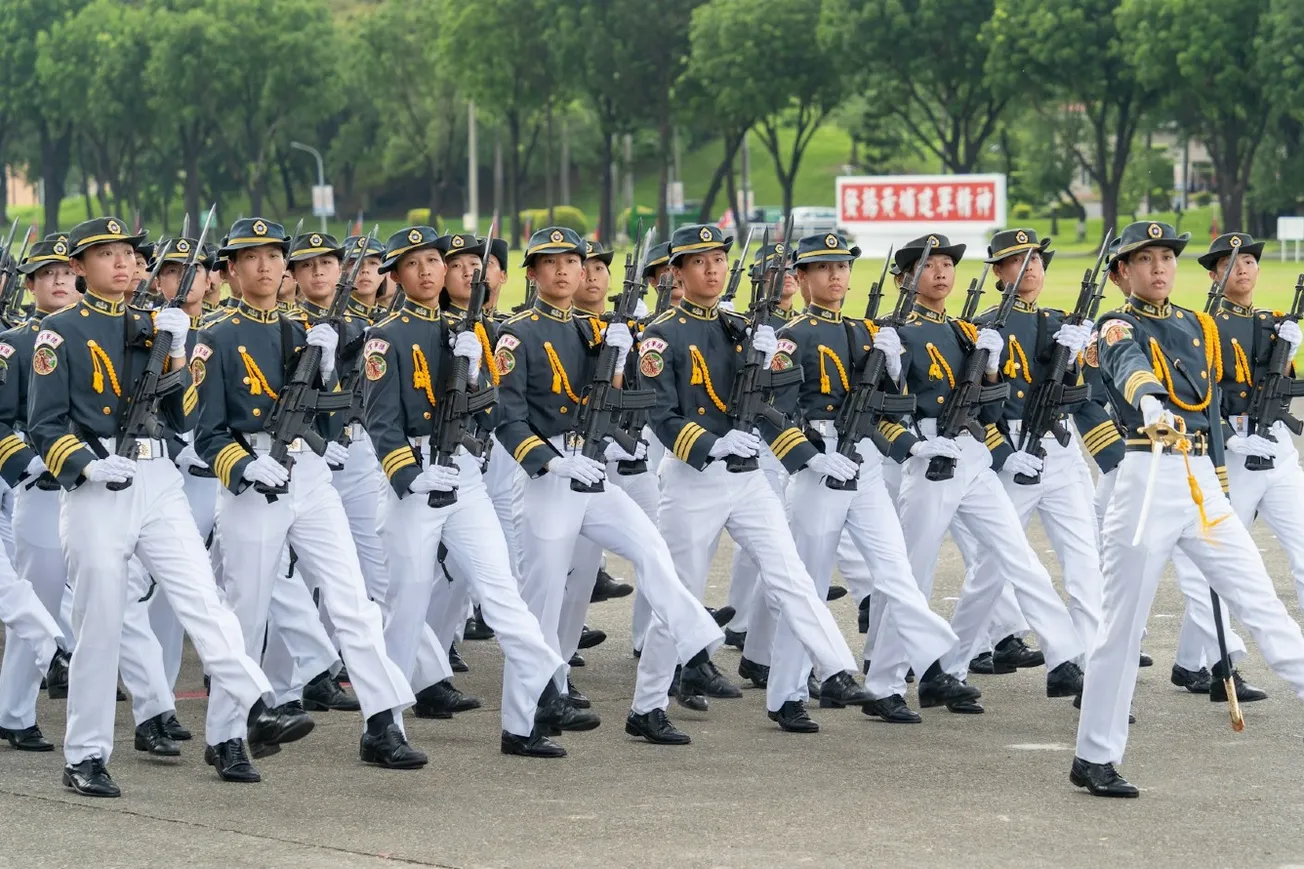The third plenary session of the ruling Chinese Communist Party's (CCP) 20th Central Committee ended last Thursday. The major conference, attended by the 199 members and 165 alternate members of the Central Committee, took stock of the work being carried out by the Political Bureau based on a report presented by President Xi Jinping. The third of the usual seven plenums in a five-year period typically focuses on long-term economic reforms and lays out initiatives to achieve the administration's goals.
The "epoch-making" third plenum got underway as the country posted its slowest economic growth rate for April-June since the first quarter of 2023. China is juggling high unemployment rates among its youth, a shrinking population, and sliding GDP, which signals a slowdown that defies government propaganda and catchy sloganeering. In response to these bleak times, the plenum adopted the Resolution of the Central Committee of the Communist Party of China on Further Deepening Reform Comprehensively to Advance Chinese Modernization.
While endorsing the country's current direction under President Xi's "New Era," those who took part in the plenum "unanimously agreed that in the face of a grave and complex international environment and the arduous tasks of advancing reform and development and ensuring stability at home, the Political Bureau has secured progress" on various fronts.
Stressing that a "new development philosophy" that fosters "high-quality economic development" through "all-around innovation" was the way forward, the communiqué released after the plenum stated, "By 2035, we will have finished building a high-standard socialist market economy in all respects, further improved the system of socialism with Chinese characteristics, generally modernized our system and capacity for governance, and basically realized socialist modernization."
While details and specific policies will only be announced in the coming days, the overall picture is clear. The adherence to "Chinese characteristics" and efforts to progress "while ensuring stability" will basically mean that despite a desire for "market-oriented reform," nothing much is likely to change. (Earlier attempts to better leverage the markets and promote private enterprise have remained largely on paper.) However, the shifting economic scenario and projected slow-growth phase calls for "resource allocation to be made as efficient and productive as possible."
Given Beijing's long-term plans to dominate the global market, it is no surprise that the high-level conference emphasized technological innovation and productivity enhancements. As MNCs look for alternate manufacturing partners and more business-friendly shores to ensure smooth operations and efficient supply chains, China has to step up its game.
The thrust on tech revolution and innovation could also stem from the ongoing chip war and technology transfer embargos that the West, led by Washington, has sought to impose on Beijing to rein in China's military advancements and safeguard national security.
The shift from "raw development," as in real estate and massive physical infrastructure projects, signals an apparent course correction, though no one in President Xi's circle would be caught dead calling it that.
Continuity is a mantra that the CCP uses for propaganda and policies. It helps Beijing avoid drastic changes and transformative policies, ensuring the continuity of the Party at the helm. The communiqué clearly stated that the Party machinery would "improve public opinion guidance and effectively deal with risks in the ideological domain," ensuring that winds of change don't blow too close to Beijing.
The plenum expects to complete the tasks by 2029, when China celebrates its 80th founding anniversary.









